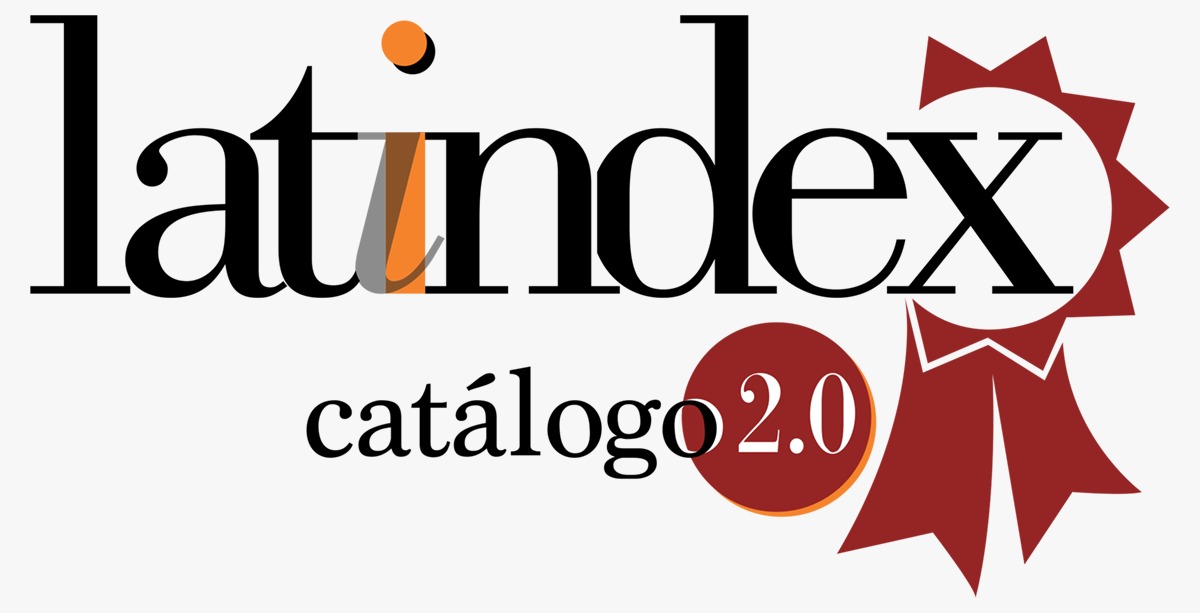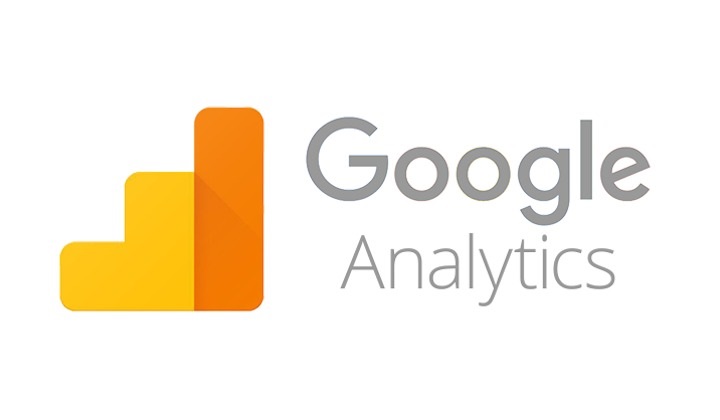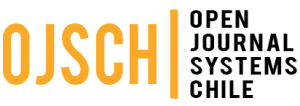Use of Flipped Learning and meaningful learning in Physical Education students of the Universidad Nacional Mayor de San Marcos, Lima 2021
DOI:
https://doi.org/10.47865/igob.vol5.n18.2022.197Keywords:
Flipped Learning, teaching, meaningful learningAbstract
The study was given in the objective of determining the relationship between the Use of Flipped Learning and significant learning in Physical Education students of the Universidad Nacional Mayor de San Marcos, Lima 2021, so we worked on a quantitative approach to the research.
Methodologically, the study was of non-experimental design, where for data collection, two structured questionnaires were elaborated to measure the Flipped Learning variable and significant learning, which were applied to a sample made up of 134 students as an object of study, previously the instruments went through validation and reliability processes.
The results obtained show that r = 0.999 that there is a positive and very strong relationship between the study variables. In this way, the alternate hypothesis is accepted and it follows that the better Flipped Learning in the students there will also be a better significant learning of the students. This result is corroborated by the research carried out by Calsin (2019) who concludes that this pedagogical model is a great tool for higher education, because either in a face-to-face or virtual scenario, it contributes to students achieving their learning because it is motivating, arouses interest in the subject to be developed and also because it strengthens the capacities of autonomous and collaborative learning.
Downloads
References
Agra, G., Soares, N., Simplícito, P., Lopes, M., da Gracas, M. (2019). Análise do conceito de Aprendizagem Significativa à luz da Teoria de Ausubel. Rev. Bras. Enferm; 72(1), 23-31. https://doi.org/10.1590/0034-7167-2017-0691
Allee-Herndon, K., & Roberts, S. (2018). Neuroeducation and Early Elementary Teaching: Retrospective Innovation for Promoting Growth with Students Living in Poverty. International Journal of the Whole Child, 3(2), 4–18. https://eric.ed.gov/?q=neuroeducation&id=EJ1208839
Andrade, E. y Chacón, E. (2018). Implicaciones teóricas y procedimientos de la clase invertida. Pulso; 41, 251-267.
Araos, E. y Moll, C. (2020). Flipped Learning: A pedagogical approach in pandemic times. Atención Primaria; 53(1), 21-32. 10.1016/j.aprim.2020.05.010.
Araya, S., & Espinoza, L. (2020). Contributions from the Neurosciences for the Understanding of Learning Processes in Educational Contexts. Propósitos y Representaciones, 8(1). http://www.scielo.org.pe/scielo.php?pid=S2307-79992020000200013&script=sci_arttext
Baptista, A. (2021). O perfil do aluno como ponto de partida na definição de estratégias individuais potenciadoras do desempenho académico. Revistamultidisciplinar, 3(2). https://doi.org/10.23882/NE2147
Bassante Jiménez, S. (2017). Importancia de la Neurociencia en la Educación. Revista Publicando, 4(10), 531–541.
Bruer, J. (2016). Neuroeducación: un panorama desde el puente. Propuesta Educativa Número, 46(25), 14–25. http://propuestaeducativa.flacso.org.ar/wp-content/uploads/2019/11/REVISTA46-dossier-bruer.pdf
Calsín, J. (2020). Percepción acerca de la influencia del Flipped Learning en el desarrollo del aprendizaje en los estudiantes del curso de Sociología de la comunicación de la Universidad Peruana
Camillo, J., Ibarguen. F. y Menacho, I. (2020). Trabajo cooperativo y aprendizaje significativo en Matemática en estudiantes universitarios de Lima. Revista Educação & Formação, 5(3), 5-12. https://www.redalyc.org/articulo.oa?id=585865676013
Campión, E. (2019). Conectando el modelo Flipped Learning y la teoría de la inteligencias múltiples a la luz de la taxonomía de Bloom. Magister, 31(2), 45-54.
Contreras, F. (2016). El aprendizaje significativo y su relación con otras estrategias. Horizonte de la Ciencia, 6(10), 130-140. https://www.redalyc.org/journal/5709/570960870014/
Duarte, M., Montalvo, D. y Valdes, D. (2019). Estrategias disposicionales y aprendizajes significativos en el aula virtual. Revista Educación; 43(2), 8-16. https://www.redalyc.org/journal/440/44058158038/44058158038.pdf
Gaviria, D., Arango, J., Valencia, A., y Bran, L. (2019). Percepción de la estrategia aula invertida en escenarios universitarios. Revista Mexicana de Investigacion Educativa, 24(81), 593–614. http://www.scielo.org.mx/scielo.php?script=sci_arttext&pid=S1405-66662019000200593&lang=pt
Gómez, L., Muriel, L., y Londoño, D. (2019). El papel del docente para el logro de un aprendizaje significativo apoyado en las TIC. Encuentros; 17(2), 118-131. https://www.redalyc.org/jatsRepo/4766/476661510011/476661510011.pdf
Gracia, J. (2018). El fin ético no naturalista de la neuroeducación. RECERCA, Revista de Pensament i Análisi, 22(1), 51–68. http://www.e-revistes.uji.es/index.php/recerca/article/view/2581/2700
Hernández, R., Fernández, C., y Baptista, P. (2014). Metodología de la investigación (6ª ed.) McGraw Hill Interamericana. http://observatorio.epacartagena.gov.co/wp-content/uploads/2017/08/metodologia-de-la-investigacion-sexta-edicion.compressed.pdf
Hernández, R., y Mendoza, C. (2018). Metodología de la investigación. Las rutas cuantitativa, cualitativa y mixta. McGraw Hill Interamericana.
Moreira, A. (2014). Ensenanza de la física: aprendizaje significativo, aprendizaje mecânico y criticidade. Rev Ensenanza de la Física; 26(1), 45-52. http://www.revistas.unc.edu.ar/index.php/revistaEF/article/viewFile/9515/10290
Moreira, J. (2020). Jogos digitais e neuroeducação no processo ensino-aprendizagem. Ciências & Cognição, 24(3). http://cienciasecognicao.org/revista/index.php/cec/article/view/1757
Munayco, A. (2018). Influencia de los organizadores gráficos en la comprensión lectora de textos expositivos y argumentativos. Comuni@cción, 9(1), 5-13. http://www.scielo.org.pe/scielo.php?pid=S2219-71682018000100001&script=sci_arttext&tlng=pt
Nouri, J. (2016). The flipped classroom: For active, effective and increased learning–especially for low achievers. International Journal of Educational Technology in Higher Education, 13(1), 1–10. https://doi.org/10.1186/s41239-016-0032-z
Pérez, L. (2021). Neurociencia educacional: un nuevo desafio para los educadores. Didasc@lia:
Retamoso, M. (2016). Percepción de los estudiantes del primer ciclo de Estudios Generales Ciencias acerca de la influencia del Flipped Learning en el desarrollo de su aprendizaje en una universidad privada de Lima [tesis de maestría, Pontificia Universidad Católica del Perú]. https://tesis.pucp.edu.pe/repositorio/handle/20.500.12404/7050
Ribera, J. (2004). El aprendizaje significativo y la evaluación de los aprendizajes. Revista de Investigación Educativa, 8(14), 47-52. https://revistasinvestigacion.unmsm.edu.pe/index.php/educa/article/view/7098/6272
Ventosilla, N., Santa María, H., Ostos, F., y Flores, M. (2021). Aula invertida como herramienta
Downloads
Published
How to Cite
Issue
Section
License

This work is licensed under a Creative Commons Attribution-NonCommercial-ShareAlike 4.0 International License.
Esta obra está bajo una licencia internacional Creative Commons Atribución-NoComercial-CompartirIgual 4.0.
















